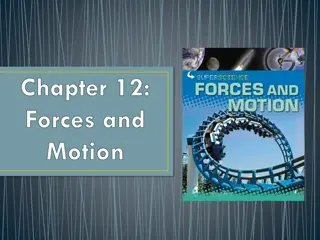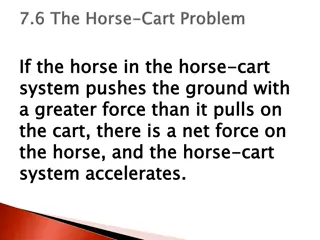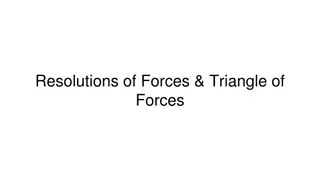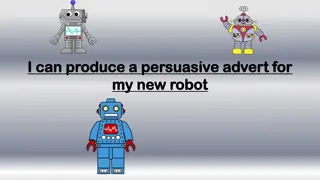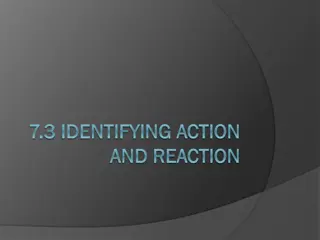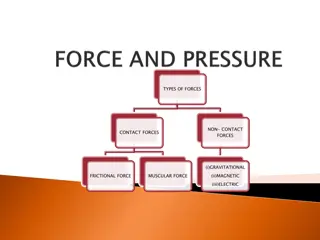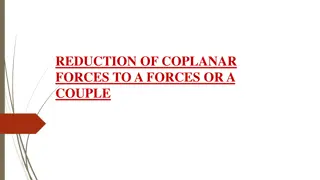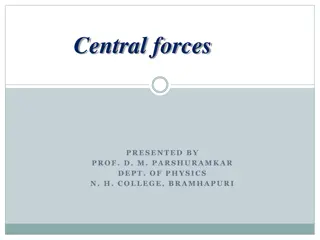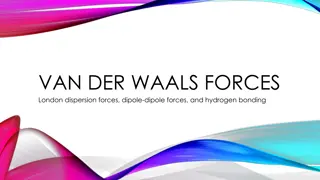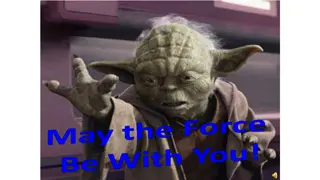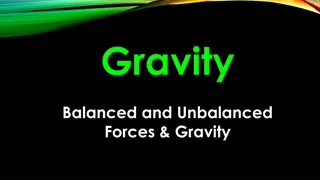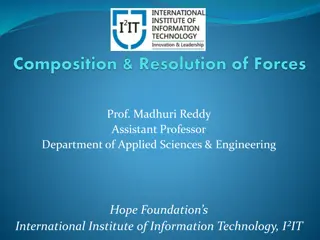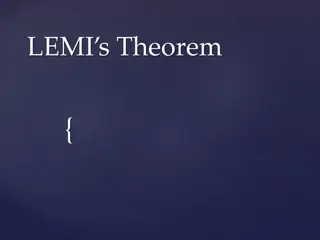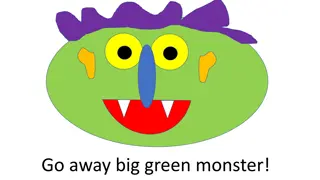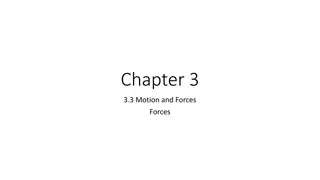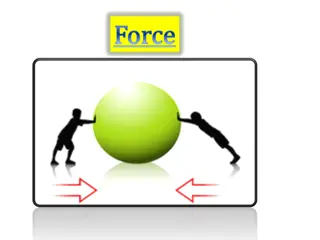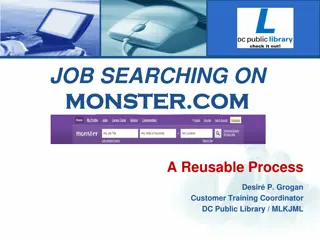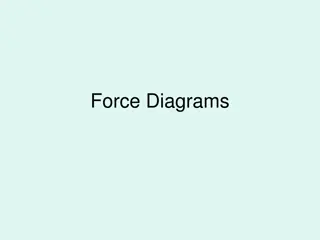Forces and Creativity in Monster Traps
Dive into a thrilling unit where students investigate types of forces, create monster traps, and craft engaging stories. With a focus on play, curiosity, and risk-taking, learners explore science, art, and language arts to catch monsters through creative expression and movement. Engage in hands-on activities to design, test, and refine traps while honing storytelling skills for an audience. Embrace the joy of learning in a cross-curricular adventure blending science, art, and language arts.
Download Presentation

Please find below an Image/Link to download the presentation.
The content on the website is provided AS IS for your information and personal use only. It may not be sold, licensed, or shared on other websites without obtaining consent from the author.If you encounter any issues during the download, it is possible that the publisher has removed the file from their server.
You are allowed to download the files provided on this website for personal or commercial use, subject to the condition that they are used lawfully. All files are the property of their respective owners.
The content on the website is provided AS IS for your information and personal use only. It may not be sold, licensed, or shared on other websites without obtaining consent from the author.
E N D
Presentation Transcript
Grade: Subject Area: Planning Team: Big Idea: ADST, Science, Art, Language Arts (output) - play, curiosity, forces, influence movement, creative expression, risk taking, language & joy Unit Guiding question: Who are our monsters? How many ways can we catch a monster? Content Goal: Science I know types of forces Content Goal: Language arts I know elements of a story Curricular Competency Goal: ADST I can make a monster trap Curricular Competency Goal: Science I can plan and test my monster trap Curricular Competency Goal: Art I can explore and create using art processes and materials Curricular Competency Goal: LA I can create a story for an audience Cross Curricular Competency I can use materials safely
Backward Design Unit Planning Template: Building the Curricular Plane Grade: 8 Subject Area(s): English Planning Team: Unit Guiding Question(s): How can I be active citizen? How can I use oral language to be an active citizen and my contribute to community? Big Idea: Questioning what we hear, read, and view contributes to our ability to be educated and engaged citizens. Content Goal I know oral language features and strategies I know elements of visual and graphic texts Curricular Competency Goal I can construct meaningful connections between self, text and world Curricular Competency Goal I can synthesize ideas from a variety of sources to build understanding Curricular Competency Goal I can use writing and design processes to plan, develop, and create engaging and meaningful oral texts for a variety of purposes and audiences Curricular Competency Goal I can assess and refine oral texts to improve their clarity, effectiveness, and impact according to purpose, audience, and message Backward Design Unit Planning Template Shelley Moore, 2018
Grade: Grade 10 Subject Area: Science Planning Team: Carihi Secondary Big Idea: Chemical processes require energy change as atoms rearrange Unit Guiding question: What is an atom? How and why to they rearrange? Content Goal 1: I know that energy changes during chemical reactions Content Goal 2: I know the practical applications and implications of chemical processes, including First Peoples perspectives Curricular Competency Goal: I can plan and construct by: Assessing risk and addressing ethical, cultural, and/or environmental issues associated with their proposed methods and those of others Curricular Competency Goal: I can process and analyze data and information by: Applying First People s principles perspectives and knowledge, other ways of knowing and local knowledge sources of information Curricular Competency Goal: I can evaluate by: Considering social, ethical, and environmental implications of the findings from their own and others investigations Curricular Competency Goal: I can communicate by: Formulating physical or mental theoretical models to describe a phenomenon Core Competency Goal: Communication I can become a communicator by
Backwards Design: The Plane Grade: 11 Subject Area: Bio Planning Team: Big Idea: All living things have common characteristics. Unit Guiding question: Why is our forest unique in Campbell River? How and why have our forest ecosystems evolved over time? Living things evolve over time. Content Goal: I know speciation that occurs within our forest I can process and analyze data and information by: Curricular Competency Goal Curricular Competency Goal I can experience and interpret the local environment I can Seek and analyze patterns, trends, and connections in data, including describing relationships between variables, performing calculations, and identifying inconsistencies I can Construct, analyze, and interpret graphs, models, and/or diagrams Social Responsibility I can become socially responsible by
Course/Subject/Grade(s): English Studies 12 Unit Big Idea: The exploration of text and story deepens our understanding of diverse, complex ideas about identity, others, and the world. Guiding Unit Questions: How does a moral individual exist in an immoral world? How does a good person, exist in an evil world? Goals Content: I know reading strategies I know elements of style I can construct meaningful personal connections between self, text, and world Curricular Competencies I can think critically, creatively, and reflectively to analyze ideas within, between, and beyond texts I can express and support an opinion with evidence I can use writing and design processes to plan, develop, and create engaging and meaningful texts for a variety of purposes and audiences I can assess and refine texts to improve their clarity, effectiveness, and impact


